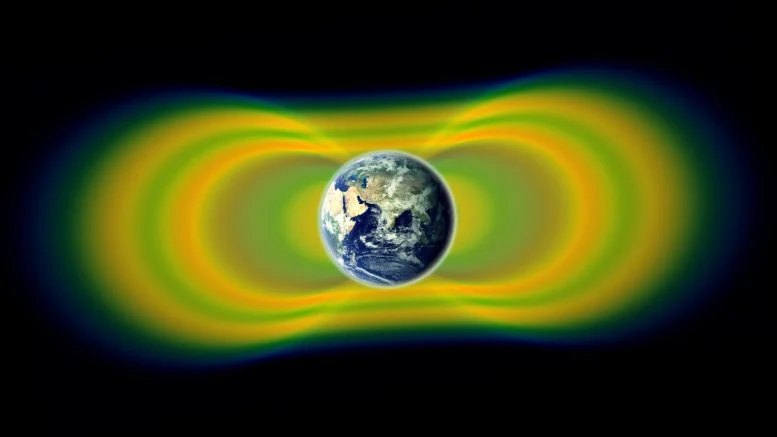A new understanding of the hazardous environment around Earth could revolutionize space weather forecasting, thanks to joint international research. A new study led by the University of Birmingham has challenged space scientists to better understand our dangerous near-Earth space environment.
The research is the first step towards new theories and methods that will help scientists predict and analyze the behavior of particles in space. This has implications for theoretical research as well as practical applications such as space weather forecasting.
Investigation of radiation belts
The study focused on two energetic bands of particles in near-Earth space called radiation belts, or Van Allen belts. These particles can enter the Earth’s magnetosphere, damaging the electronics of satellites and spacecraft passing through them and posing a danger to astronauts.
Understanding how these particles behave has been a goal of physicists and engineers for decades. Since the 1960s, researchers have used the principles contained in “quasilinear models” to explain how charged particles move through space.
Problems in space physics theories
But in a new study, researchers found evidence that the standard theory may not apply as often as previously thought. A team of 16 scientists from institutions in Great Britain, the United States and Finland explored the limits of standard theories. Applying quasi-linear theory may seem simple, but actually integrating it into space physics models based on scientific measurements made in space is a delicate procedure. This article examines the issues behind this process.
Findings are published in a special issue Frontiers in Astronomy and Space Sciences : “The Editor’s Role in Space Physics: Solved and Unsolved Problems in Space Physics”.
Future directions and collaborative research
Lead author Dr Oliver Allanson, from the Space Environment and Radio Engineering (SERENE) group at the University of Birmingham, said: “Better understanding the behavior of these particles is crucial to interpreting satellite data and understanding the underlying physics of the space environment.”
Researchers involved in the study are based in the UK at the Universities of Birmingham, Exeter, Northumbria, Warwick, St Andrews and the British Antarctic Survey; In the USA, at the University of California at Los Angeles, the University of Iowa and the US Air Force Research Laboratory in New Mexico; and at the University of Helsinki in Finland.
The next steps of the research will include an expanded theoretical explanation based on the results of this study, which can then be used in space weather models to predict the behavior of these hazardous particles in near-Earth space.













